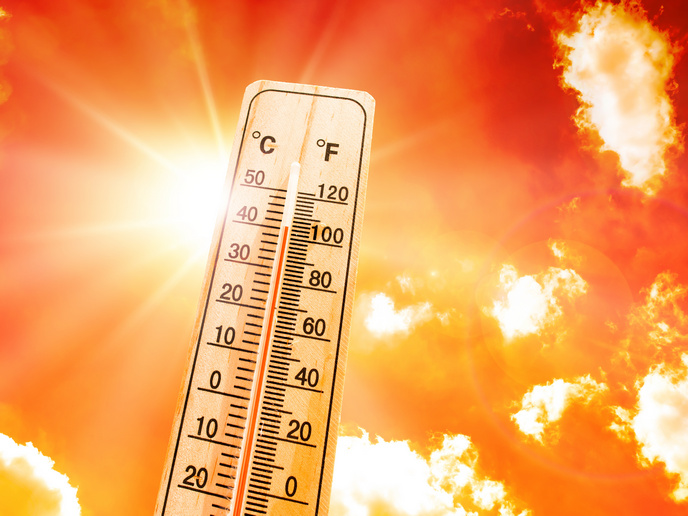How predators help keep our world green
What would a world without predators look like? Predators keep their plant-eating prey in check, and so reduce the impact on plant life. This is the ‘green world hypothesis’: with no predators, hungry herbivores would munch their way through the world’s plants, turning it brown. Yet since its introduction in 1960, this hypothesis has proven controversial, given the complexity of ecosystem dynamics explored. “First of all, the strength of top-down control by predators differs across regions, habitats and latitudinal gradients,” explains Katerina Sam, a zoologist at the Czech Academy of Sciences. “Plant palatability, their nutrient levels and other bottom-up forces also play a role and further shape the ecosystem dynamics,” she adds. The final reason for the controversy is a significant lack of empirical data. In the BABE project, which was funded by the European Research Council (ERC), Sam and her team addressed the key, and manageable limitations of the problem: the lack of data and the inconsistencies.
Investigating the ‘green world’ hypothesis
To tackle the problem, the researchers ran several separate experiments at six study sites – in China, Germany, Japan, Papua New Guinea, and Queensland and New South Wales in Australia. At each of these sites, they ran two experiments with hundreds of understory saplings, replicated twice, in two consecutive years. The two experiments selectively excluded different combinations of birds, bats and ants. “This fully factorial design allowed us to distinguish the effects of individual predators, not only their combined effect,” explains Sam. “Most critically, we conducted the second experiment in forest understory as well as the forest canopy, thus in microhabitats which differ in their productivity and predators, and in productivity.”
Surprisingly strong role for bats
The project produced many surprising results, including a strong effect of predators. “A big surprise was for sure bats, which sometimes caused a stronger effect than birds,” remarks Sam. As the team were hoping for at least some effect of predators and were worried they might miss it with rough estimates, they opted for very precise measurements. “We numbered all plant leaves, scanned them on the trees and re-scanned them again at the end of the experiment,” says Sam. The results were therefore very clear. “In Sydney, after we prevented the vertebrates from accessing the trees, the herbivory damage there increased by 500 %,” notes Sam. Other sites also typically saw significant differences.. “All this just during several months, so we can only guess how it would affect the future growth and production of flowers and seeds of the involved trees.”
Diving further into ecosystem functioning
One key finding from the project was that the interactions between different predator groups remain largely unknown, yet their complementarity plays a crucial role in ecosystem functioning and conservation. This will be a focus of the team’s future work. Following the project, Sam’s team was granted a very competitive STAR grant from the Grant Agency of Czechia. “For the next five years, I will be delving into very fine interactions between birds and spiders, which we overlooked in our ERC project, and which surprised us the most,” says Sam.
Keywords
BABE, predators, herbivores, green world hypothesis, brown, bats, birds, ants, role, ecosystem, functioning







